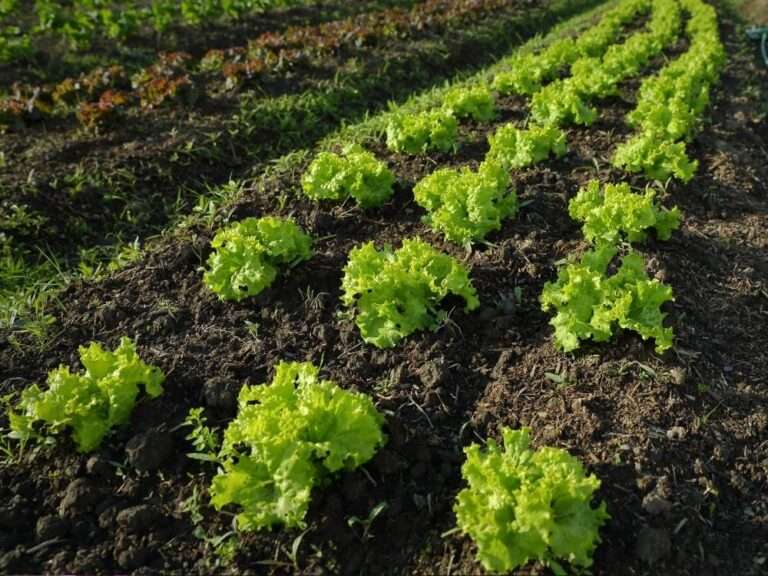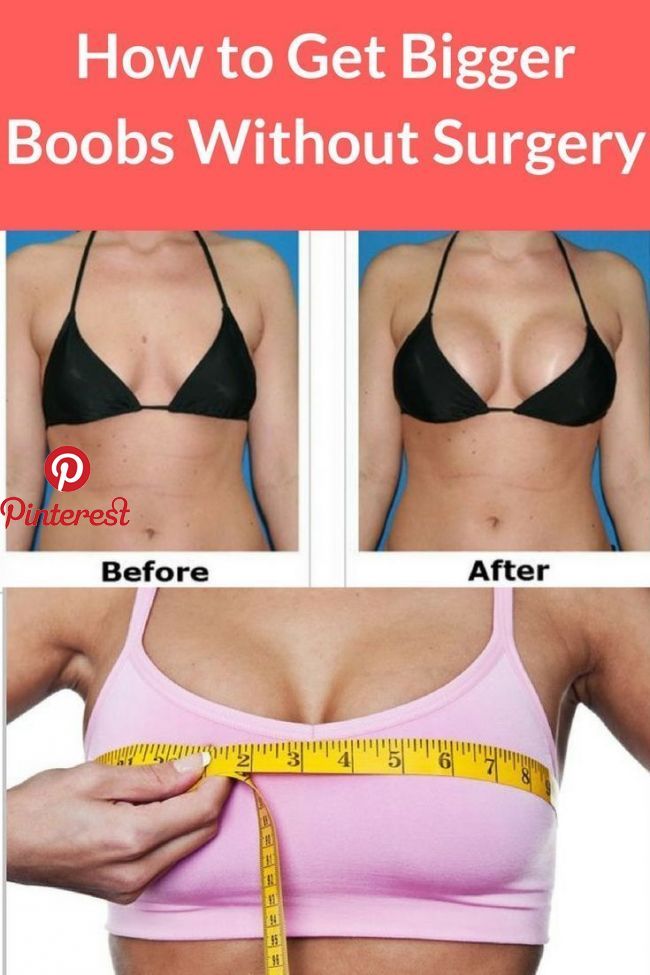Growing vegetables without seeds is a technique called vegetative propagation. It involves using parts of an existing plant, such as stem cuttings, root divisions, or tubers, to create new plants. This method is commonly used for vegetables that are difficult to grow from seeds, such as asparagus, strawberries, and potatoes, or for quickly producing multiple copies of a desired variety.

Stem Cuttings:

- Cut a healthy stem from the parent plant, making sure it has several nodes (bumps where leaves or roots can emerge).
- Remove the leaves from the bottom portion of the cutting.
- Dip the cut end in rooting hormone (optional, but it helps promote root growth).
- Plant the cutting in a pot or well-draining soil mix, ensuring the nodes are covered.
- Keep the soil moist and provide bright, indirect light.
- New roots will develop from the nodes, and once established, the cutting can be transplanted into a larger pot or garden bed.
Root Divisions:

- Carefully dig up a mature plant and divide the root system into several sections, each with healthy roots and a portion of the stem.
- Replant the divisions in individual pots or garden beds, ensuring they are planted at the same depth as before.
- Water regularly and provide adequate sunlight.
- Each division will grow into a new plant, genetically identical to the parent.
Tubers:
- Select healthy tubers (such as potatoes or sweet potatoes) from a disease-free plant.
- Cut each tuber into several pieces, ensuring each piece has at least one “eye” (a small depression where new growth can emerge).
- Plant the tuber pieces in loose, well-drained soil, with the eyes facing up.
- Cover the tubers with soil and water well.
- New plants will sprout from the eyes and develop into individual plants.
Vegetative propagation offers several advantages over growing from seeds. It allows you to:
- Quickly multiply desirable varieties, especially those that are difficult to grow from seeds.
- Maintain specific traits and characteristics of the parent plant.
- Produce earlier harvests, as new plants derived from vegetative propagation are typically more mature than seedlings.
- Overcome seed dormancy issues, which can delay or prevent seed germination.
While vegetative propagation is a valuable technique, it’s important to note that not all vegetables can be successfully grown this way. Some vegetables, such as tomatoes, peppers, and cucumbers, are best grown from seeds. Additionally, vegetative propagation may increase the risk of transmitting diseases or pests from the parent plant to the new plants. To ensure healthy growth, it’s crucial to select disease-free parent plants and follow proper sanitation practices.










